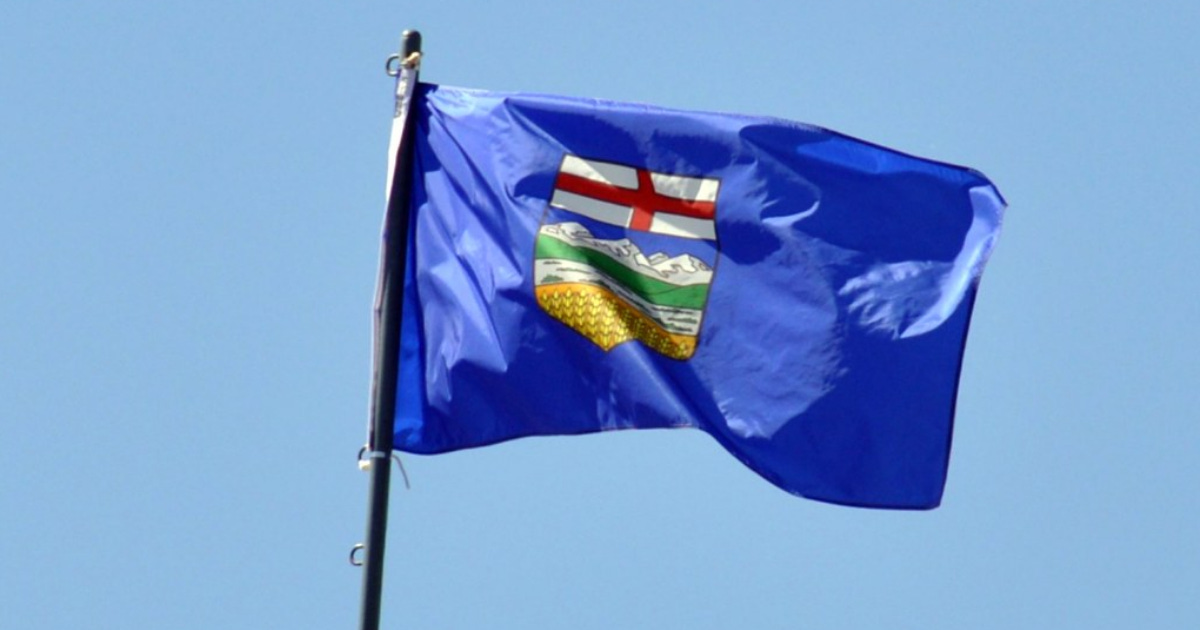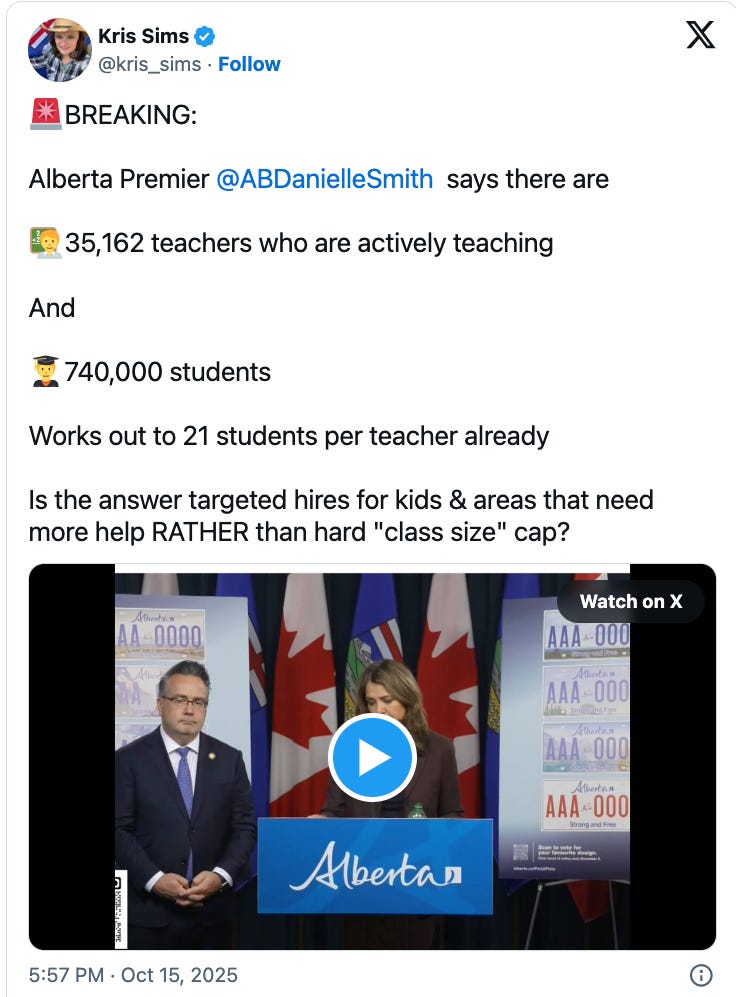Alberta considers back-to-work order as teachers’ strike drags on
Alberta’s government is expected to table back-to-work legislation, forcing striking teachers back to classrooms if their walkout extends into the legislative session starting October 27.
Alberta’s government is expected to table back-to-work legislation, forcing striking teachers back to classrooms if their walkout extends into the legislative session starting October 27.
Finance Minister Nate Horner told CBC that legislation could be forthcoming, warning that the parties were still far apart as the clock continues to tick.
The strike by about 51,000 teachers has closed more than 2,500 schools and affected roughly 750,000 students since October 6.
Alberta Teachers’ Association president Jason Schilling issued few clear demands that day, sticking to buzzwords and broad themes like “chronic underfunding,” “complex classrooms,” and “fair pay.”
His remarks followed teachers overwhelmingly rejecting two provincial government settlements. One was recommended by a mediator, and another was negotiated and agreed upon by the Teachers’ Employer Bargaining Association and Alberta Teachers’ Association.
Despite collecting millions in union dues, Schilling confirmed teachers would not receive strike pay, a fact they were aware of when they voted. He added that the ATA would pay health benefits throughout the strike.
Kris Sims, Alberta Director of the Canadian Taxpayers Federation, highlighted the rejected deals. Teachers refused a package that would make them the highest paid in Western Canada, with new teachers starting at $71,000 annually, reaching $100,000 yearly after seven years of experience. The offer also included hiring 3,000 more teachers and 1,500 assistants, and building 100 more schools.
While Schilling said 51,000 teachers are on strike, Alberta Premier Danielle Smith commented on the strike with different numbers at an unrelated Wednesday press conference.
She claimed 35,162 teachers walked off the job, not including 7,000 substitutes. As for students, Smith’s number was 740,000. She did the math herself, suggesting these numbers would mean 21 students were in each class if it were equal across the board.
If there were 51,000 teachers, as Schilling suggested, that would equate to about 15 students per class.
Smith’s comments came in response to a question about class size caps, a key demand from teachers. Smith expressed uncertainty about how such caps would be enforced.
“We should already be able to have class sizes of 21. So, we have to kind of look into: why don’t we? What is actually going on there? Is there some problem in administration in being able to allocate the teachers appropriately? Are there a lot of people working part-time? Shouldn’t be the case because I would think you’d be a substitute if you were working part-time,” said Smith.
She noted that Alberta’s previous NDP government spent $2 billion attempting to reduce class sizes, ultimately without success.
Smith suggested that classroom complexity—driven by English second-language learners, and autistic, disabled, and students with behavioural issues—could be a greater concern. She proposed that educational assistants might need to be deployed more strategically to address this.
Meanwhile, the province continues to offer temporary relief for families affected by the strike. Through the Parent Payment Program, parents of children aged 12 and under can receive $30 per day for child care and tutoring costs. Additional support is available for families of children with complex needs, totaling up to $300 per five-day school week.
According to the Alberta government, the program is being funded with redirected teacher salary dollars for the duration of the strike. The first payments are set to be disbursed by e-transfer on October 31.





Let's hope they do order teachers back to work. They got a good offer.
It’s about classroom conditions. Teachers are feeling entirely overwhelmed and under supported in their classrooms. The ATA isn’t being clear here and that is annoying!